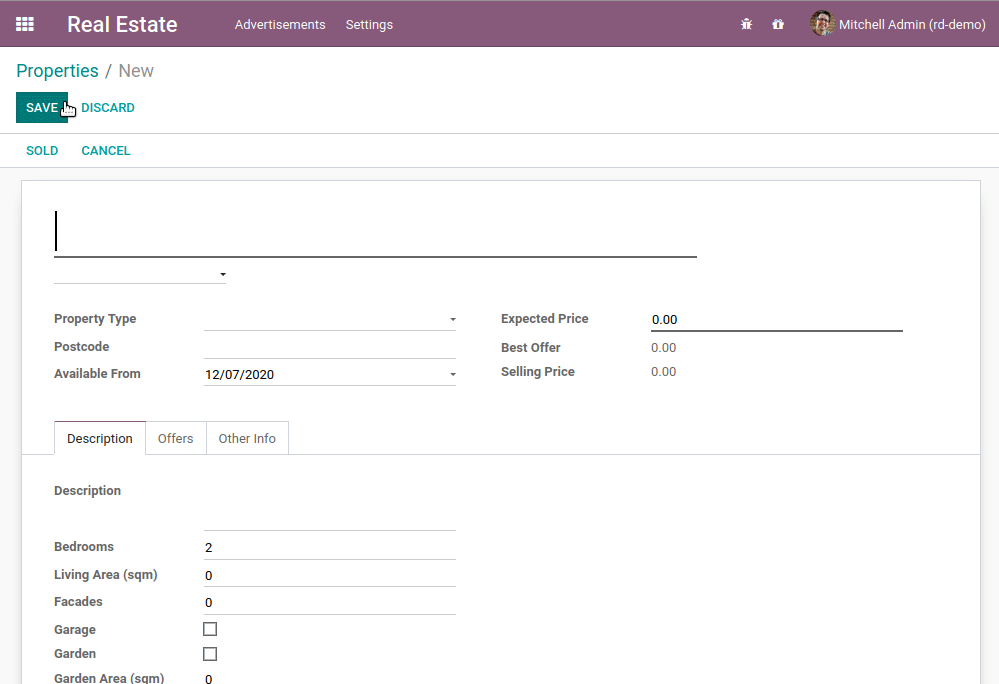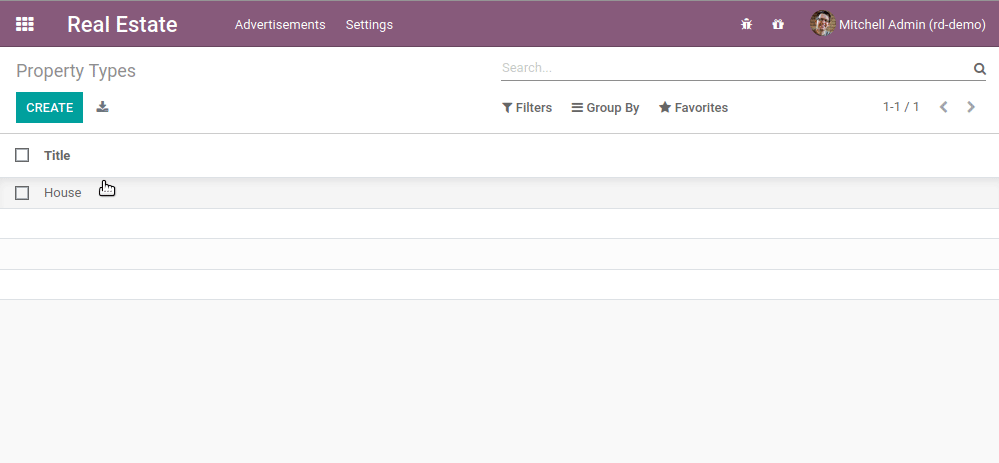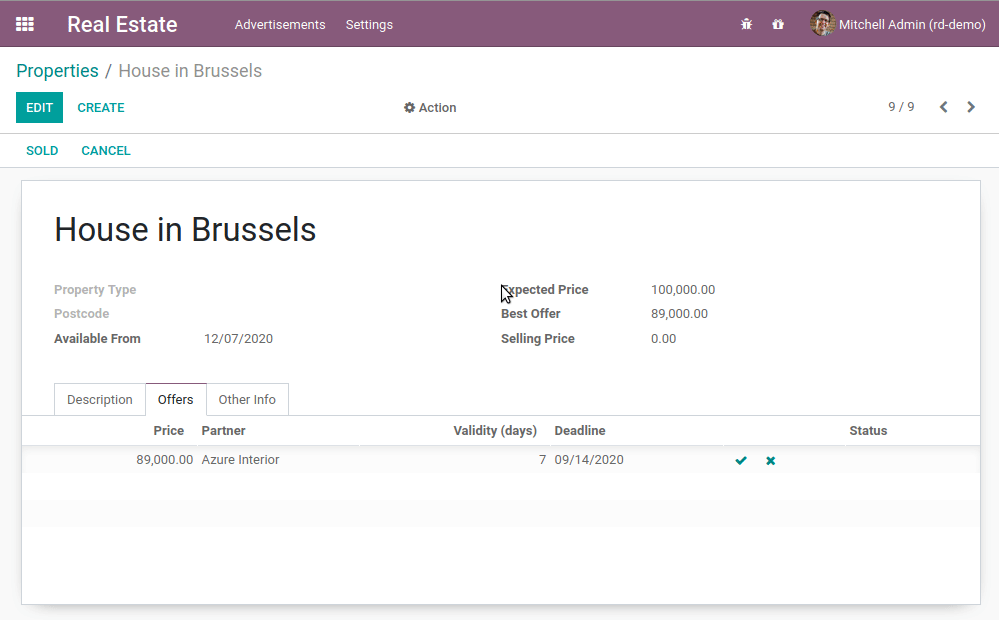Chapter 11: Constraints¶
The previous chapter introduced the ability to add some business logic to our model. We can now link buttons to business code, but how can we prevent users from entering incorrect data? For example, in our real estate module nothing prevents users from setting a negative expected price.
Flectra provides two ways to set up automatically verified invariants:
Python constraints and
SQL constraints.
SQL¶
Reference: the documentation related to this topic can be found in Models and in the PostgreSQL’s documentation.
Note
Goal: at the end of this section:
Amounts should be (strictly) positive

Property types and tags should have a unique name

SQL constraints are defined through the model attribute
_sql_constraints. This attribute is assigned a list
of triples containing strings (name, sql_definition, message), where name is a
valid SQL constraint name, sql_definition is a table_constraint expression
and message is the error message.
You can find a simple example here.
Exercise
Add SQL constraints.
Add the following constraints to their corresponding models:
A property expected price must be strictly positive
A property selling price must be positive
An offer price must be strictly positive
A property tag name and property type name must be unique
Tip: search for the unique keyword in the Flectra codebase for examples of unique names.
Restart the server with the -u estate option to see the result. Note that you might have data
that prevents a SQL constraint from being set. An error message similar to the following might pop up:
ERROR rd-demo flectra.schema: Table 'estate_property_offer': unable to add constraint 'estate_property_offer_check_price' as CHECK(price > 0)
For example, if some offers have a price of zero, then the constraint can’t be applied. You can delete the problematic data in order to apply the new constraints.
Python¶
Reference: the documentation related to this topic can be found in
constrains().
Note
Goal: at the end of this section, it will not possible to accept an offer lower than 90% of the expected price.

SQL constraints are an efficient way of ensuring data consistency. However it may be necessary to make more complex checks which require Python code. In this case we need a Python constraint.
A Python constraint is defined as a method decorated with
constrains() and is invoked on a recordset. The decorator
specifies which fields are involved in the constraint. The constraint is automatically evaluated
when any of these fields are modified . The method is expected to
raise an exception if its invariant is not satisfied:
from flectra.exceptions import ValidationError
...
@api.constrains('date_end')
def _check_date_end(self):
for record in self:
if record.date_end < fields.Date.today():
raise ValidationError("The end date cannot be set in the past")
# all records passed the test, don't return anything
A simple example can be found here.
Exercise
Add Python constraints.
Add a constraint so that the selling price cannot be lower than 90% of the expected price.
Tip: the selling price is zero until an offer is validated. You will need to fine tune your check to take this into account.
Warning
Always use the float_compare() and
float_is_zero() methods when working with floats!
Ensure the constraint is triggered every time the selling price or the expected price is changed!
SQL constraints are usually more efficient than Python constraints. When performance matters, always prefer SQL over Python constraints.
Our real estate module is starting to look good. We added some business logic, and now we make sure the data is consistent. However, the user interface is still a bit rough. Let’s see how we can improve it in the next chapter.